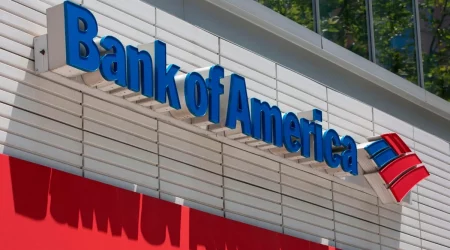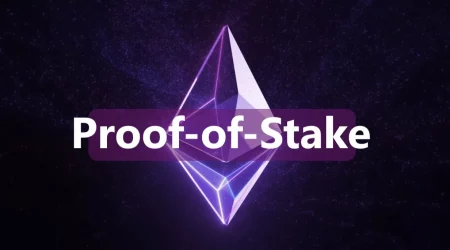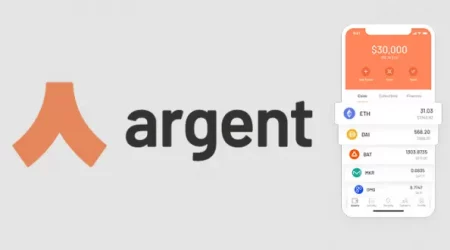The Role of Blockchain Bridges in Decentralized Finance
In the complex and fast-paced realm of Decentralized Finance (DeFi), “blockchain bridges” have surfaced as a groundbreaking innovation.
As a cornerstone of blockchain interoperability, these bridges represent an exciting shift in the landscape of DeFi. Here, we dissect the mechanics, benefits, challenges, and future of blockchain bridges in the world of decentralized finance.
Table of Contents
The Rise of Blockchain Bridges:
The advent of blockchain bridges has emerged from the growing need for interoperability amongst diverse blockchain platforms. These bridges offer a crucial communication link between separate blockchain ecosystems, enabling seamless transfers of tokens and other digital assets.
The relevance of blockchain bridges in the DeFi environment is paramount. They empower users to tap into the unique benefits of various blockchains, paving the way for a dynamic, versatile, and interconnected web3 ecosystem. By using blockchain bridges, users can transcend the limitations of a single blockchain, promoting greater inclusivity and innovation in the space.
How Blockchain Bridges Work:
Blockchain bridges function by locking the original asset on its native chain and issuing a corresponding asset on the destination chain. This locking and issuing process ensures the total supply of the asset remains constant, preserving its value.
For example, consider a cross-chain Bitcoin bridge. When a user transfers Bitcoin (BTC) to another blockchain using a bridge, the original BTC gets locked on the Bitcoin network, and an equivalent amount of a wrapped or pegged version of BTC is issued on the destination chain. The user can then freely utilize this asset within the DeFi ecosystem of the destination chain.
Interoperability: The Essence of Blockchain Bridges:
Interoperability is the essence of blockchain bridges. They permit users to move their digital assets like tokens from one blockchain to another efficiently. This flexibility increases the overall functionality and adaptability of the blockchain infrastructure.
Using a cross-chain Bitcoin bridge as an example, when a user decides to transfer Bitcoin (BTC) to another blockchain, the original BTC gets locked on the Bitcoin network, while an equivalent amount of a pegged version of BTC is created on the receiving blockchain. The resulting token can then be used within the DeFi ecosystem of the destination chain.
Enhancing DeFi with Blockchain Bridges:
By facilitating fluid interactions between various blockchain ecosystems, blockchain bridges contribute significantly to the growth and diversification of DeFi. They create avenues for improved liquidity, more profitable yield farming opportunities, and the development of innovative financial products and services.
Increased liquidity is one of the key benefits offered by blockchain bridges. By allowing digital assets to circulate freely across multiple chains, these bridges expand the pool of capital within the DeFi space. This increased liquidity leads to reduced price slippage, more stable asset prices, and better trading efficiency.
From a yield farming perspective, blockchain bridges open up a world of opportunities. With the ability to move assets across different chains, yield farmers can capitalize on the most lucrative yield farming strategies available, maximizing their returns.
Moreover, cross-chain interoperability via blockchain bridges creates the potential for innovative financial products and services. Developers have the freedom to design applications that harness the unique strengths of multiple blockchains, resulting in hybrid solutions that offer superior functionality and performance.
Addressing the Challenges of Blockchain Bridges:
Despite the enormous potential, blockchain bridges aren’t without challenges. Key among these are the need to ensure secure and trustless operations, create a seamless user experience, and navigate an evolving regulatory landscape.
Ensuring security is of the utmost importance. Blockchain bridges need to be meticulously designed and operated to safeguard against potential exploitation by malicious actors. The trustless operation, a scenario in which no single party has full control over the bridge, is vital to uphold the decentralization principle intrinsic to DeFi.
Usability is another crucial aspect. If blockchain bridges are to gain widespread adoption, they need to be user-friendly. While efforts are currently underway to simplify interfaces and improve the user experience, there’s significant progress yet to be made.
Navigating the regulatory environment presents another challenge. As with any financial technology, DeFi operates within a complex regulatory framework. Ensuring that blockchain bridges comply with these international regulations is essential for the sustainability and long-term success of DeFi.
The Future of Blockchain Bridges:
As the DeFi landscape continues to evolve, the importance of blockchain bridges is set to increase. Their role in fostering interoperability between diverse blockchain platforms will continue to unlock significant benefits for users and developers alike.
Future developments will likely focus on improving the security, usability, and regulatory compliance of blockchain bridges. With these enhancements, blockchain bridges will not only drive the growth of the DeFi sector but also bring us closer to a truly decentralized and interoperable financial ecosystem.
Final Words
Blockchain bridges have ushered in a new era of interoperability in the world of DeFi. Their ability to allow the free movement of assets across multiple blockchain ecosystems brings with it a host of benefits, including increased liquidity, better yield farming opportunities, and the potential for innovative financial products.
Challenges exist, but the continuous advancements in this domain are encouraging. With each new development, blockchain bridges, including the use of cross-chain Bitcoin bridges, are paving the way for a truly decentralized and interconnected financial future. By bridging the gap between different blockchains, these pivotal innovations are transforming the landscape of DeFi, creating a future where financial inclusivity and interoperability are not just ideals but realities.











Leave a Reply